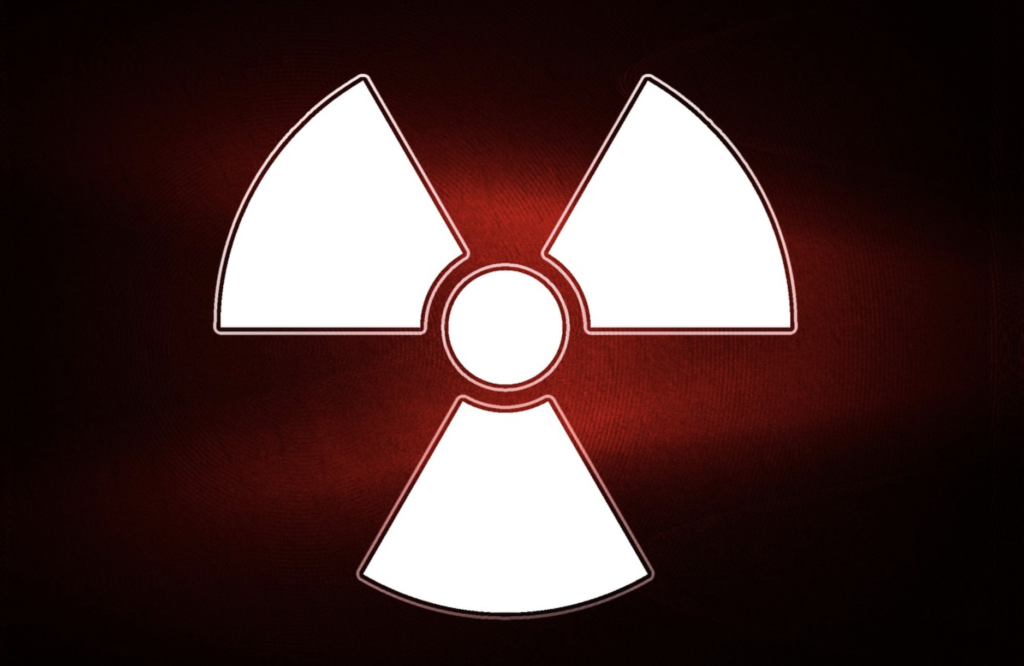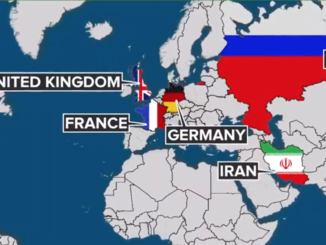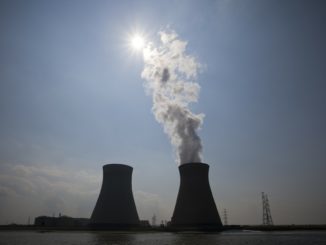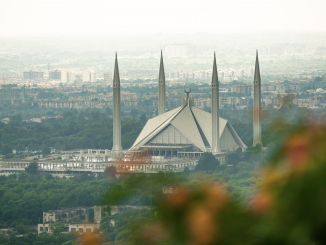
“Nuclear competition in South Asia represents a classic conundrum of international relations: enormously high stakes, conflicting and entrenched interests, and at least in the near term, few realistic avenues for mitigating threats.”
Daniel Markey
Territorial integrity and safeguard of sovereignty has always remained a prime focus of every state. The gradual evolution in military affairs and means of limited war has cited nuclear arsenals as one of the key outfits of national security. Every state is eager to become a nuclear power in order to achieve minimum deterrence and protection from external aggression. However, in the aftermath of the events of September 11, 2001, the threat of nuclear terrorism has become a reality. Nuclear terrorism can vary from attacks on nuclear-related arsenals or facilities, to nuclear weapons going into the hands of rogue elements.
Keeping in view the South Asian matrix, both India and Pakistan have been immersed in an arms race since the cold war era. After the disintegration of the Union of Soviet Socialist Republic (USSR), power dynamics of the world changed and a unipolar political structure emerged, hence a complete transformation in international relations was witnessed. An increase in the production of fissile material and the development of inter-mediate/inter-continental ballistic missiles have been seen at a large scale in the South Asian region. India’s quest to become a nuclear power was beyond the objective of security, while Pakistan’s hunt for the acquisition of nuclear weapons was only for minimum credible deterrence. However, in the current South Asian situation, spread of terrorism had not only left its bitter impact on the region but also raised concerns over nuclear security and safety. Potential threat for nuclear terrorism has remained a prime concern for major global players due to the increased role of non-state actors in international politics.
The fear of nuclear weapons falling into the wrong hands is highlighted by international regimes because of the deteriorating security situation in South Asia, with special focus on Pakistan, which was until recently engaged in a war against terrorism, and its neighbour Afghanistan, which turned out to be the epic centre of the global war on terrorism. In order to maintain its hegemony in the region, India is devising policies to confront Pakistan and counter the role of China in regional affairs. Emergence of non-state actors and various militant groups backed by religious and ethnic fanatics is a matter of grave concern for the present-day regional environment.
The equation of deterrence in the region (South Asia) is gradually changing due to the acquisition of advanced technologies and missiles by India such as the Ballistic Missiles Defence (BMD) system. India’s actions have already started destabilizing the regional power equilibrium, thus forcing her neighbours into an unwanted arms race. The status of the most powerful regional state may lead India to claim the position of having a permanent seat in the United Nations Security Council (UNSC). Moreover, this agenda was endorsed by the US-Indian civilian nuclear deal in 2006, despite being a non-signatory to the Nuclear Nonproliferation Treaty (NPT) and to Nuclear Supplier Group (NSG).
Since its emergence, Pakistan has been facing an intense security environment due to both internal and external threats, which multiplied after its acquisition of nuclear capability. Pakistan’s achievement has been ignored either due to the aggravated situation of terrorism in the region or for other vested interests. The promotion of propaganda against the safety and security of nuclear arsenals was primarily to malign the image of Pakistan. On the contrary, Pakistan possesses a strong command and control system for the security of its nuclear assets against emerging threats.
Despite comprehensive efforts to secure the nuclear program by Pakistan, many analysts in west still opine that the international community urgently needs to expand its efforts to safeguard the existing stockpiles of nuclear weapons and materials, particularly in Pakistan and India.
Nuclear arms race in South Asia began with the Indian nuclear explosion in 1974, following the conduction of nuclear tests in May 1998. Hence a paradigm shift was observed in the South Asian security context as Pakistan followed suit. These developments broke the shackles of nuclear uncertainty in Pakistan; having previously maintained the policy that nuclearization could be avoided despite having potential. Pakistan had traditionally pursued an Indian-centric nuclear policy and hence its response to Indian nuclear tests was natural and anticipated.
Development of nuclear weapons is not only security-driven, but also a state symbol of national prestige and identity. The reasons behind India’s quest to become a nuclear power, other than for security, were: i) to gain regional supremacy, ii) to get a permanent seat in UNSC, and iii) to maintain its hegemony in the South Asian region. India’s flourishing economy and possession of one of the world’s largest armed forces make it a leading South Asian nation. India has actively triggered conventional arms and nuclear weapons race in the region, which has further raised international concerns on nuclear terrorism.
The phenomenon of nuclear terrorism cannot only be attributed to non-state actors; there is always a possibility of state-sponsored terrorism for its vested interests. Indian policies in the region, particularly against Pakistan, have not only triggered an arms race but also increased the potential of nuclear terrorism. No nuclear accident or incident occurred in Pakistan, despite suffering from extreme militancy; Pakistan remained steadfast as a responsible nuclear state even in the era of heightened extremism. Since the development of its nuclear weapon program, it has taken several initiatives to safeguard its nuclear arsenals by establishing National Command Authority (NCA) in year 2001. It also follows the US style system of Permissive Action Links (PAL).
India, while projecting myths to the west against the security of Pakistan’s nuclear weapons, has been a victim of nuclear incidents in the past, which include events like the Tarapur accident in 1989 and 1992, Narora Fire accidents in 1993, Kalpakkam accident, and Mayapuri incident. Leakage of radioactive material causes serious implications, which could not be ignored even at minor levels. Hence, this draws attention towards the insecurity of Indian nuclear weapons. The deficiency in securing its nuclear arsenals does not only lie in nuclear power reactors. Moreover, currently, almost 30 armed insurgencies in India are sweeping across the country, which can put the security of its nuclear arsenals at further risk.
![]()




Be the first to comment